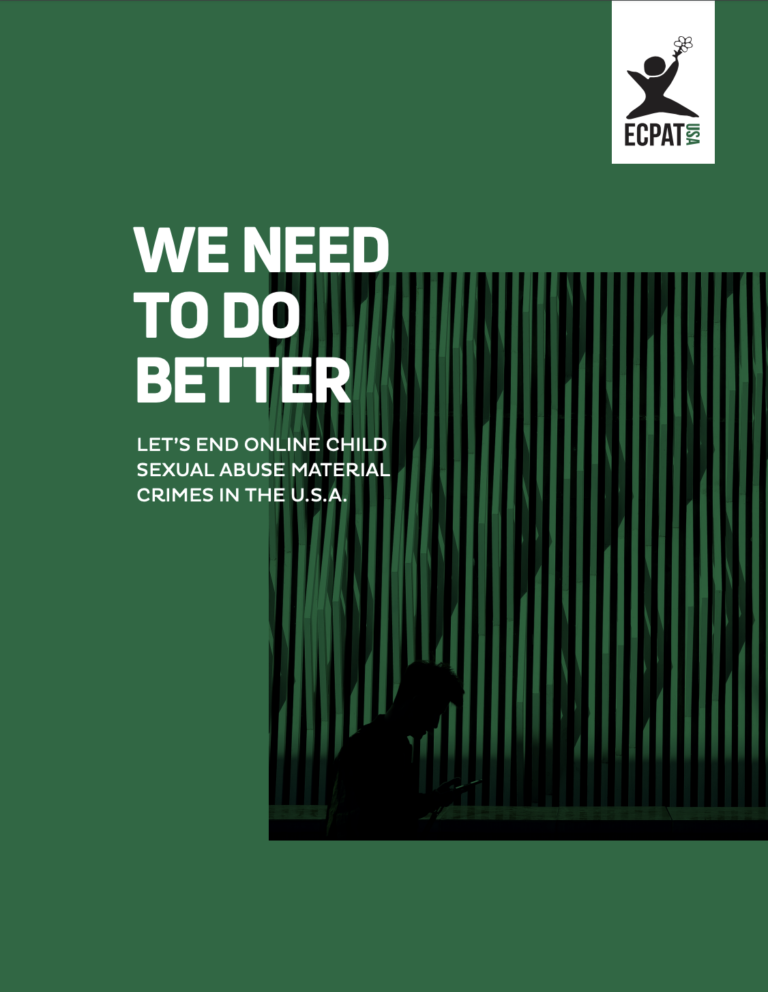Despite the astounding growth in child sexual abuse material (CSAM) crimes over the past twenty years, the general public has little understanding about what it means, how vast the problem is, and how violently children are abused in order to produce the imagery depicted in photographs and recordings of child sexual abuse. A more accurate description of CSAM is “images of sexual assault on children.” Sometimes this assault is very violent, and some victims are as young as infants.
This report draws attention to the tremendous growth in the production and dissemination of child sexual abuse material. Because it is illegal to own even a single CSAM image, and many people have never seen or heard about CSAM, it is difficult for the public to grasp the nature and horror of the crime and the extreme abuse depicted. But it is important for there to be public knowledge about the problem if we are to create better policies and practices to protect children. Therefore, we provide here some details and graphic descriptions of a number of CSAM crimes.
This report describes CSAM itself and the violent crimes involved, and provides links to resources and materials that can enable the public to help protect children from these abhorrent crimes. It concludes with recommendations for policies to begin to grapple with the problem of CSAM in the United States.

